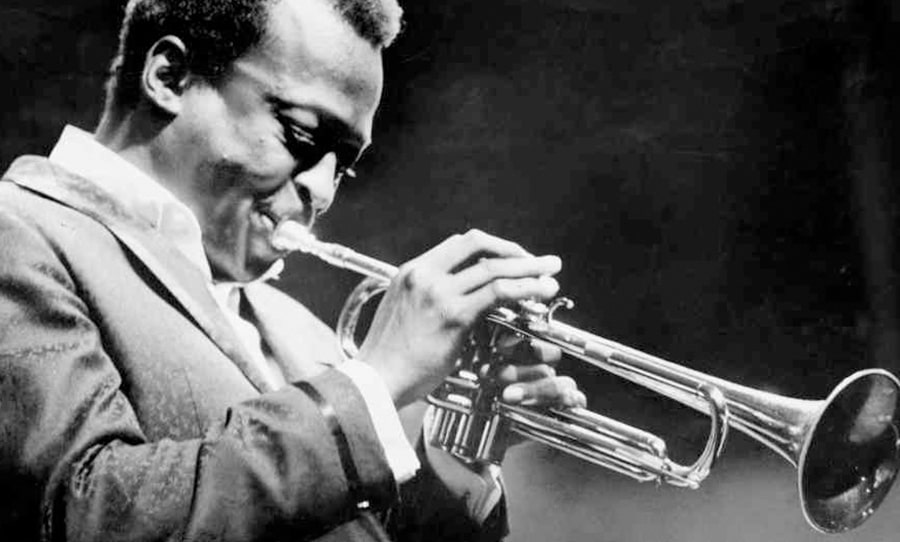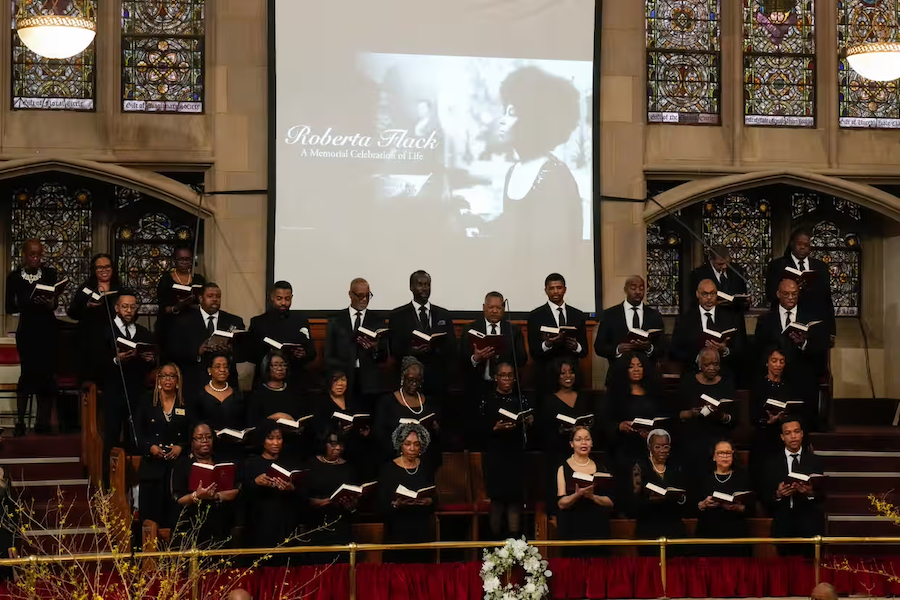Sitting within the uncanny valley between organic and mechanical; the wah (or wah-wah) effect produces a unique sonic pull. The harmonic content of a wah treated sound often occupies some of the same frequencies of the human voice and as a result a wah-effected sound can add a uniquely expressive dimension to an instrument.
As guitarists’ favourite, wahed-out licks have come to define the distinctive sounds of funk, soul, jazz, rock and many of their genre offspring.
The first wah type sounds can be heard on the steel guitar parts of country tracks like Chet Akins’ Boo Boo Stick Beat from the late 50s and early 60s. During this time adventurous guitarists were manipulating the tone nobs of volume pedals as well as their own custom devices to achieve the unique effect.
The first commercially successful pedal was proposed by Vox employee Brad Plunkett in 1966. Initially titled the Clyde McCoy in an effort to market the device to brass and woodwind players, it was quickly renamed the Cry Baby. Vox’s predication that musicians would use the pedal to emulate the sound of a muted trumpet by applying it to an organ proved a miscalculation. After all, the humble wah had made its unlikely yet timely arrival at the flashpoint of psychedelia: Vox’s pedal quickly captured the imaginations of a generation of adventurous guitarists.
Paired with high volume and choppy strokes, liberal amounts of wah produced a high-end snarl which birthed the iconic licks of Cream’s White Room and Hendrix’s Voodoo Child (Slight Return). Yardbirds alums Jimmy Page, Jeff Beck and Eric Clapton would too fall under the pedal’s sway and as the decade moved forward every tech company was clamouring to put their own model on the market.
The ubiquitous wah pedal has remained a key weapon in the arsenal of many of popular music’s most notable guitar slingers ever since. While tamed and integrated into guitar canon, the arresting wah sound also reached further afield. In lieu of the 50th anniversary of the wah this year, we look at seven less than conventional applications of the iconic effect.
From the warping clavinet motif of Stevie Wonder’s Superstition to wailing whale sounds from David Gilmour, here are 7 obscure uses of the wah pedal in music history.
Stevie Wonder – Superstition
The instantly recognisable motiff of 1972’s Supersition comes not from a guitar, but courtesy of Stevie Wonder’s Hohner clavinet. Here Wonder championed his unique take on the “wack wakca” funk sound. He achieved the effect using of a Mu-Tron III Envelope Filter pedal to create an auto-wah sound. Distinct from the user’s set parameters while using traditional wah pedal, this nifty piece of tech reacts in accordance to attack and loudness of the noise signal being fed in, an unmistakably groovy effect.
Hot Chocolate – Sexy Thing
Bongo drums fed through a wah pedal serve as a distinctive quirk for this unlikely B-side turned 70s hit. One of novelty disco’s greatest studio innovations? Undoubtedly yes.
David Bowie – Young Americans
Casting off his Ziggy Stardust persona, David Bowie’s plastic soul era is one of the most memorable of his many ch-ch-changes. With the funky brass hooks of Bowie’s Young Americans, the pop chameleon perfected his longstanding flirtation with brass. While Bowie had been jamming on the sax since 1961, here the alto brass comes courtesy of the pop-straddling jazz player David Sanbron. Throughout the album, Sanbron’s prominent solos can be heard being subjected to varying degrees of wah treatment.
Miles Davis – The Complete Johnson Sessions
While the strides music technology made in the 1960s and 1970s hold dramatic associations with the rock genre, throughout this time jazz luminaries were also playing with new sonic parameters. In the eyes of many, it was Miles Davis, taken with the innovative recordings of Hendrix and funk artists, entered his ‘electric period.’ Following the release of iconic album Bitch’s Brew, these until recently unrealised recordings showcase Davis’ acidic improvisations.
Here a legendary assemblage of jazz’s finest play with wah-slathered bass, piano and organ. It was the sound of muted jazz trumpet that the wah pedal has initially intended to emulate, but it may not have been until Davis began sporadically applying the wah to his own trumpet parts here that Vox were truly taken up on the offer.
Pink Floyd – Money
The studio proclivities of Pink Floyd have been subject to no shortage of accolades and fervent deconstruction. One of many infectious motifs on Dark Side of The Moon‘s Money comes from keyboardist Rick Wright’s improvisations on a Wurlitzer electronic piano: the distinctive wobble effect came from a liberal use of wah.
This was neither the group’s first nor final flirtation with wah. Their most exemplary innovation comes in the form of the “seagull scream” heard on tracks like Echoes and Is Anybody Out. This effect is achieved by plugging in a wah pedal backwards and toying with the guitar’s tone knob to create a subaqueous squeal (particularly when combined with a Binson Echorec).
Metallica – (Anesthesia) Pulling Teeth
Plenty of prog and rock bassists were plugging into wahs throughout the 70s (check out the introduction to Black Sabbath’s NIB), but it’s perhaps Metallica’s Cliff Burton who opened the broadest number of ears to the sonic possibilities of the bass wah. Coupled with the distortion of a Big Muff, Burton used the wah to great effect on pummelling bass solos of (Anesthesia) Pulling Teeth from the group’s 1983 debut Kill ‘Em All. He would also deploy a similarly sludgy sound on The Call of Ktulu and For Whom the Bell Tolls, on 1984’s follow-up album Ride the Lightning.
Jean-Luc Ponty – Cosmic Messenger
This French violinist was amongst the first to combine his signature electronic violin with MIDI, distortion boxes, phase shifters, and of course wah-wah pedals. While there are plenty of other experimental examples of wah used by electric violinists out there (Frank Zappa and his cohort being a prominent reference point), Ponty’s application of the effect is uniquely transformative. Verging on otherworldly, his ascendant strings don’t just sound off, they sing.




